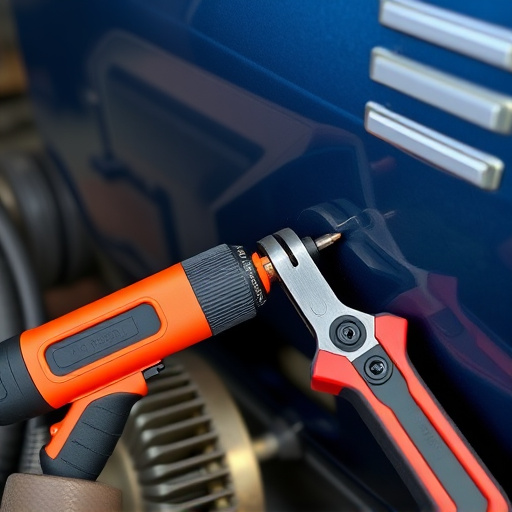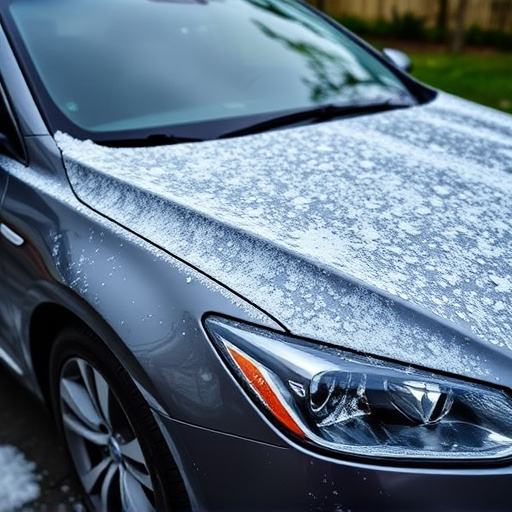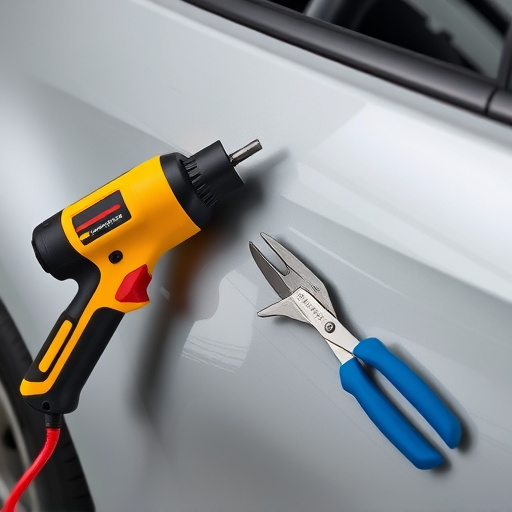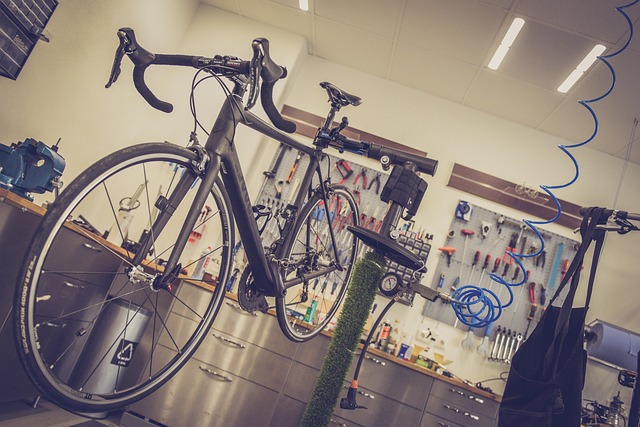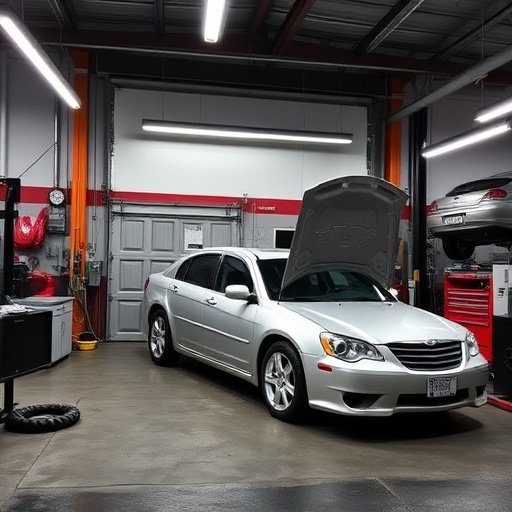Waterborne paint systems revolutionize automotive and industrial painting by using water instead of toxic solvents, offering faster drying, reduced emissions, enhanced workplace air quality, and environmental benefits. Their superior performance, cost-effectiveness, and safety make them a game-changer in collision repair and bodywork, aligning with industry sustainability goals.
Waterborne paint systems are transforming workplace environments by significantly improving air quality. This innovative technology offers a safer, more sustainable alternative to traditional paints, eliminating harmful volatile organic compounds (VOCs). By understanding how waterborne paints work and their numerous advantages, businesses can foster healthier spaces for employees. From enhanced comfort to reduced exposure to toxic fumes, these systems are a game-changer in workplace safety and well-being.
- Understanding Waterborne Paint Technology
- Advantages Over Traditional Paints
- Enhancing Workplace Safety and Comfort
Understanding Waterborne Paint Technology
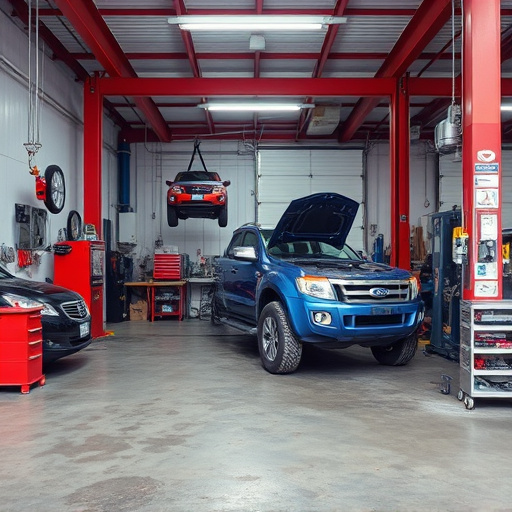
Waterborne paint systems have emerged as a game-changer in the automotive and industrial painting sectors. This innovative technology utilizes water as a solvent, replacing traditional organic solvents like toxic hydrocarbons. By embracing waterborne paint, businesses can significantly enhance their workplace air quality. The key lies in the paint’s composition; it consists of finely dispersed solid particles suspended in water, allowing for a smoother application and faster drying compared to conventional paints.
These advanced systems offer numerous environmental benefits, including reduced emissions and lower volatile organic compound (VOC) levels. This is particularly advantageous when addressing issues related to car scratch repair or frame straightening, as it minimizes the release of harmful substances into the air during the painting process. Unlike solvent-based paints, waterborne alternatives are easier to manage and dispose of safely, contributing to a healthier working environment and reduced impact on the surrounding ecosystem.
Advantages Over Traditional Paints

Waterborne paint systems offer several advantages over traditional paints, making them a preferred choice in various industries, including automotive body work and collision damage repair. One of the key benefits is their environmental friendliness. Unlike solvent-based paints, waterborne paints are formulated with water as the primary carrier, significantly reducing the release of volatile organic compounds (VOCs). This results in lower levels of airborne chemicals, contributing to improved indoor air quality, especially in confined spaces like car repair shops.
Moreover, waterborne paint systems provide superior performance and durability. They offer excellent coverage, quick drying times, and a smooth finish, ensuring high-quality results. In collision damage repair, this translates into faster turnaround times and reduced chance of re-work, benefiting both shop operations and customer satisfaction. Additionally, these paints are often more cost-effective due to their lower material costs and simpler application methods, making them a practical choice for efficient automotive body work.
Enhancing Workplace Safety and Comfort
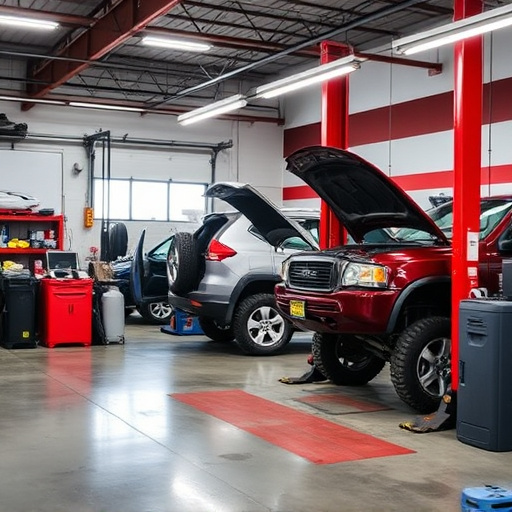
Waterborne paint systems are a game-changer when it comes to enhancing workplace safety and comfort, especially in industries like car restoration and vehicle body shops. Unlike traditional paints that often release harmful volatile organic compounds (VOCs), waterborne alternatives utilize water as their carrier, significantly reducing exposure to toxic chemicals. This is particularly beneficial for workers in close quarters, such as those providing car bodywork services, who are at higher risk of inhaling noxious fumes. By adopting these advanced paint systems, workplace air quality improves dramatically, leading to a safer and more comfortable environment for employees.
Moreover, waterborne paints offer excellent coverage and durability without the need for harsh solvents, further mitigating health risks. This shift towards eco-friendly painting methods not only benefits workers but also aligns with a growing trend towards sustainability in the industry. For vehicle body shops looking to stay ahead, implementing waterborne paint systems is a strategic decision that contributes to both operational excellence and long-term environmental stewardship.
Waterborne paint systems represent a significant advancement in industrial painting, offering not just improved aesthetics but also enhanced workplace air quality. By leveraging water as a solvent instead of volatile organic compounds (VOCs), these systems mitigate environmental hazards and promote a healthier work environment. The benefits are clear: reduced odor, lower toxicity, and better respirability contribute to increased worker comfort and safety, making waterborne paint technology a smart choice for modern industrial operations.

